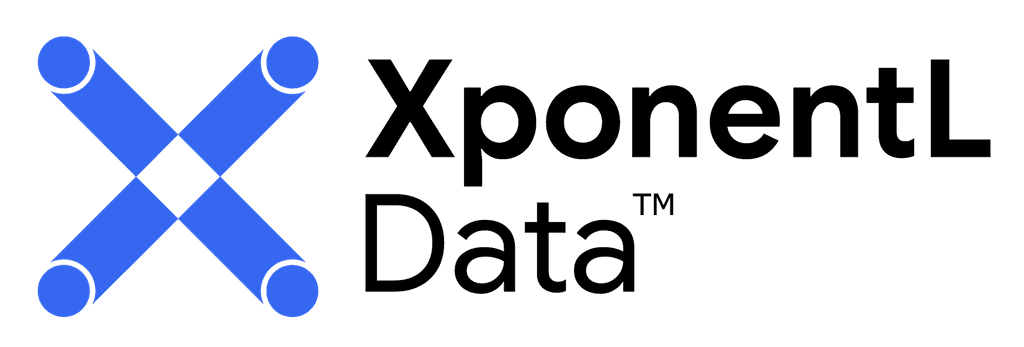Navigating Unstructured Data: Harnessing the Power of Knowledge Graphs
February 14, 2024
Sean Fenoff

In today's data-driven world, the sheer volume of unstructured data can be overwhelming. From text documents to social media feeds, the abundance of information presents both opportunities and challenges. Amidst this chaos, knowledge graphs (KGs) emerge as powerful tools for organizing and extracting insights from unstructured data. However, there's a crucial distinction to be made: should we let the NLP system autonomously build relationships within the data, or should we intervene and guide the process?
The Complexity Challenge of Unstructured Data
Unstructured data lacks the predefined organization found in structured databases. Instead, it exists in various formats, from text documents, and biometrics data to multimedia content. While this flexibility allows for rich and diverse information, it poses significant challenges for analysis and interpretation. Traditional methods struggle to make sense of this unstructured chaos, leading to missed opportunities and incomplete or inaccurate insights. Knowledge graphs can help to close this gap by offering a structured framework for representing knowledge (data) in the form of entities, attributes, and relationships. By organizing data into interconnected nodes, knowledge graphs provide a holistic view of information, enabling sophisticated analysis and discovery. From identifying patterns to predicting outcomes, knowledge graphs unlock the hidden potential within unstructured data. Knowledge graphs greatly enhance computational efficiency and limit unnecessary traversal through unstructured data. However, knowledge graphs are only as good as their relationships, therefore, extracting relationships from the unstructured data is a crucial step in this process.
Relationship Extraction to Populate Knowledge Graphs
At the heart of knowledge graph construction lies relationship extraction - the process of identifying and capturing meaningful connections between entities within the data. This task often involves natural language processing (NLP) techniques such as named entity recognition (NER) and various relationship extraction algorithms. NER helps identify entities such as people, organizations, and locations, while relationship extraction algorithms parse text to identify the semantic relationships between these entities. The advent of Large Language Models (LLMs), especially the larger foundational models, has revolutionized the field of NLP, offering powerful tools for relationship extraction. These models excel at capturing complex linguistic patterns and inferring relationships between entities. Furthermore, by fine-tuning LLMs on domain-specific data, researchers and practitioners can tailor their capabilities to better suit specific knowledge graph builds with additional domain knowledge and use cases that can improve accuracy and relationship detection.
The Pitfalls of LLMs: Risks and Limitations
However, reliance on LLMs as the only method for relationship extraction carries inherent risks. While these models excel at capturing syntactic and semantic patterns, they may lack context or domain-specific knowledge, leading to erroneous connections or biased graphs. Moreover, the opacity of LLMs' decision-making processes makes it challenging to interpret or validate the relationships they extract, raising concerns about trust and reliability in critical applications. As we explore these emergent capabilities from LLMs to extract relationships at XponentL, we often see that LLMs tend to accurately identify relationships and provide a great first pass. However, they often create many extremely similar relationships, which inherently bog down the knowledge graphs and are not that useful for analysis, especially at scale. Additionally, this relationship explosion also nullifies the computational efficiency of the traversals that KGs are known for, since it can result in many non-unique paths with similar nodes. While it is easy enough to curate these relationships during small pilots and tests, the task doesn’t scale as we work on full datasets.
Guided Construction: Directing the Path to Insight
In contrast, a guided approach to knowledge graph construction empowers users to shape the narrative of their data. By providing input and direction, domain experts can ensure that the resulting graph accurately reflects the underlying semantics and relationships within the data. This proactive stance not only enhances the quality and relevance of the knowledge graph but also facilitates scalability and adaptability in the face of evolving data landscapes. We have found that this is possible with LLM techniques, using guide-railed prompting which specifies relationship extraction output in JSON format. In this process, we can prompt the LLM with a finite number of relationships that we want to target, and then allow the LLM to extract these specifically from the unstructured corpus and output the result in a usable form, such as JSON, dictionaries, etc. The outputs of using this methodology are more consistent and help to eliminate the LLM from extracting an extraneous number of relationships that are non-unique.
Balancing Model Autonomy and Directed Extraction
In the realm of unstructured data, knowledge graphs serve as invaluable tools for organizing complexity and extracting actionable insights. However, the question remains: should we entrust the system with autonomous graph construction (relationship extraction), or should we take an active role in shaping its development? While autonomy offers convenience, guided construction ensures accuracy, relevance, and scalability. By striking a balance between autonomy and intervention, we can harness the full potential of knowledge graphs to navigate the complexities of unstructured data effectively.
Here at XponentL, we are working hard to push the boundaries of LLM and AI in combination with knowledge graphs to provide effective solutions that maximize the value and insights that unstructured data often hide or obscure due to their complexity or source and data abstraction challenges. Please don’t hesitate to reach out with questions or comments about anything and everything data.
